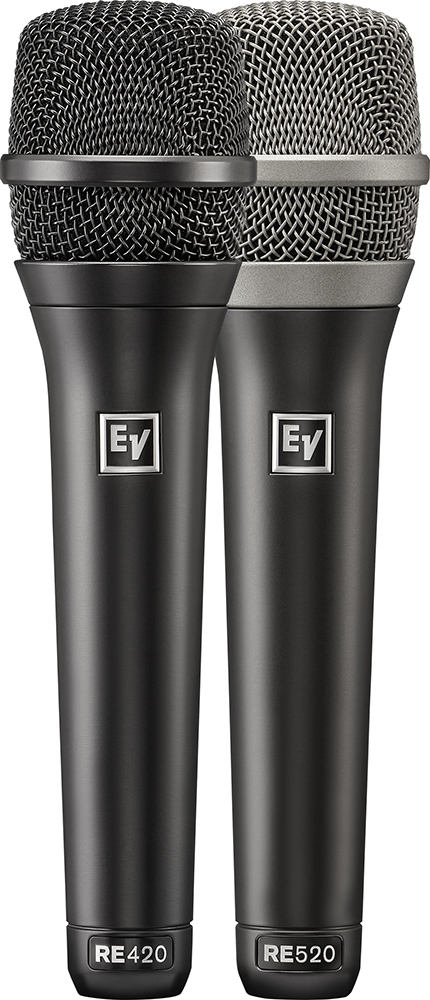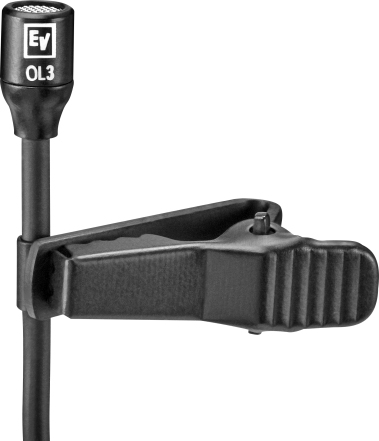
Getting Started
As usual, the first stop in my review process was my test bench in the shop, where I make sure everything is working properly and familiarize myself with controls and operation before taking the gear out to gigs. I unboxed the systems and installed AA batteries (supplied) in the handheld, and then equipped it with the ND76 element. The transmitter body is machined metal, felt solid and well built, and rested comfortably in my hand.
I hooked up the receiver to my bench PA, attached the antennas and navigated through the menus. The menu is quite intuitive, and it took me less than 30 seconds to figure out the system operation, including scan. Pressing the scan button initiates a thorough scan of the area and provides a clear frequency, and it also lets the user know how many open (available) channels are in each group.
From there it was just a simple matter of pointing the transmitters Sync port at the receiver’s Sync emitter and pressing the Sync button. In a few seconds the transmitter was tuned to the receiver’s frequency. Setting frequencies manually was also a very simple operation. On larger gigs, I set the frequencies that were picked by coordination software, but on smaller shows with only a few wireless systems, it’s nice to have comprehensive scanning technology onboard.
The ND76 element sounded good, just like the wired versions I have in my inventory.
I was eager to check out the RE520 element because I’ve never used one. It too has a pleasing sonic signature and supercardioid pattern is very controlled. A quick unscrew of the grille revealed a small switch that for switching between a flat frequency response or attenuating frequencies below 150 Hz.
The handheld includes a sliding cover that protects the menu navigation buttons and a mute/power button that’s accessible if you know where to look – at the bottom of the barrel by the antenna – a location that helps avoid the button being accidentally pressed. My older eyes had no problem reading the unit’s LCD screen.

With the receiver on my bench I began to walk around the shop with the transmitter, placing metal pallet shelving in between the two, and didn’t experience a single dropout.
Next up was the system with the beltpack and OL3 lav. The beltpack is compact and also made of machined metal. The wire clip on the rear holds well to belts and clothing and can be easily replaced if damaged. A nicely sized LCD screen on the front is flanked by recessed control buttons, and there’s a mute button at the top of the pack that glows green for audio and red for mute.
A flexible antenna about 4 inches long is attached to the top of the pack on one side of the mute button and a TA4F socket sits on the other side of the mute. The battery compartment is secured with a nifty magnetic latch and lock cover.
The lav is truly tiny – 0.2-inch diameter – and I can see many stage managers and clients liking it because it’s not very visible live onstage or on camera. Plugged into the bench PA it performed very well. With everything checked out, it was time to deploy the systems in the field.
